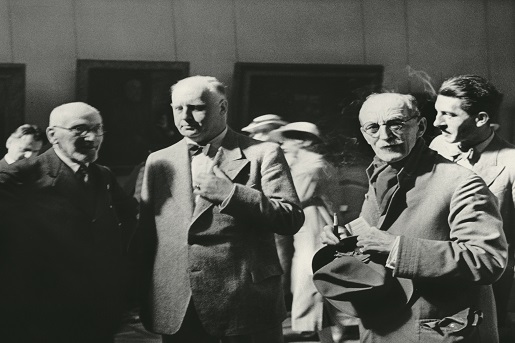In presenting the older works in his collection in period rooms Reinhart ultimately took his cue from private collections in Second Empire France, adopting a form of display taken up in Germany in the late 1870s and brought to a final flowering in the USA in the late nineteenth and the early twentieth century. Clay Frick (1849-1919), in New York, was one of several Americans amassing a collection while the young Winterthur art lover was refining his taste and beginning to assemble a collection of his own. By this time French Impressionism had long since established itself as the primary moving force in modern art. Beginning in the 1870s, enthusiasm for Impressionism and its precursors spread from France to other countries, notably Germany. In Switzerland, and especially in Winterthur, the generation prior to Reinhart had responded favourably to modern French art. For most of these pioneering collectors, however, engagement with the latest trends did not preclude an interest in Old Masters. In the 1920s, when Reinhart was acquiring the core of his collection, Albert C. Barnes (1872-1951), in Merion, Pennsylvania, was still collecting in this way. Museum reformers in Germany promoted these ideas around the turn of the century and influenced many private collectors in their country. As a young man, Reinhart approached exponents of this collecting philosophy in Germany, and it was in Germany that he acquired some of the cornerstones of his collection.


